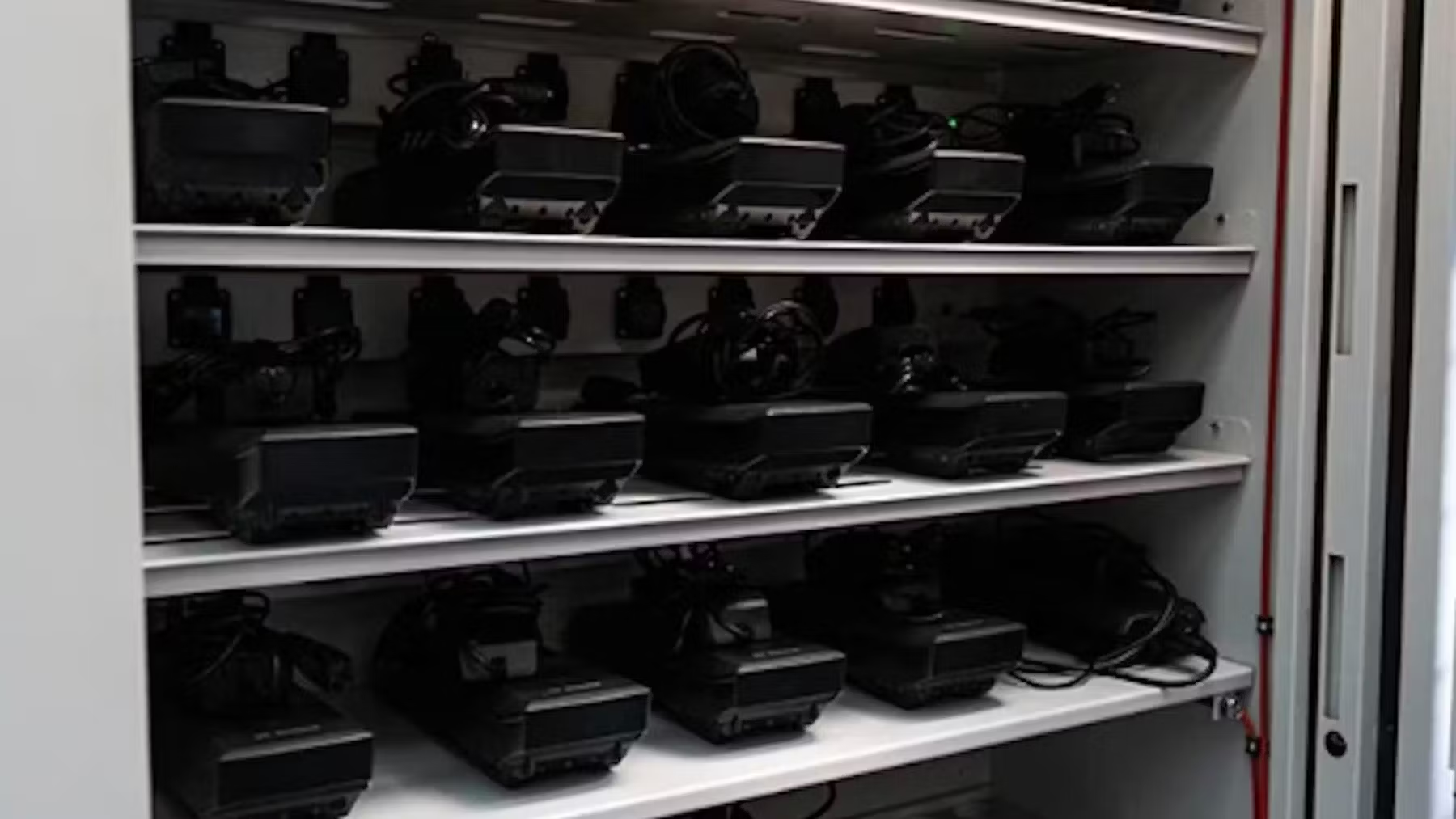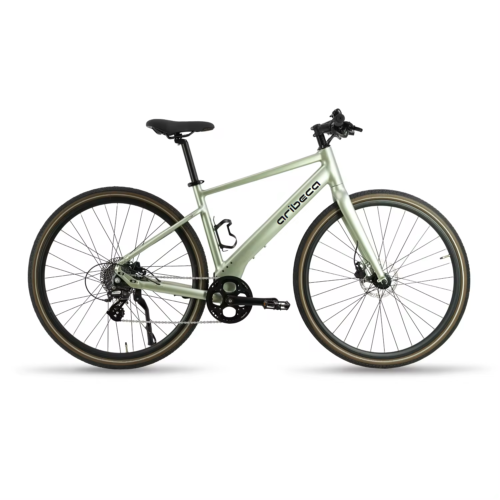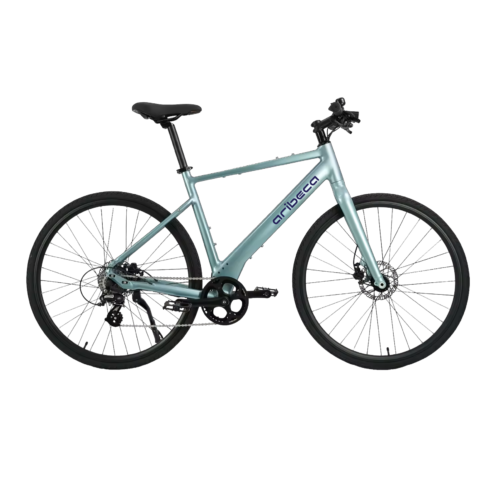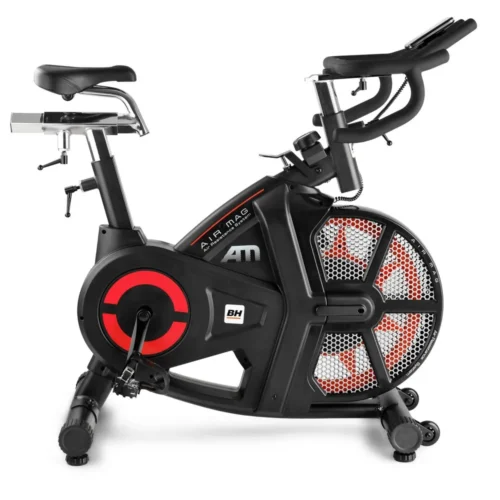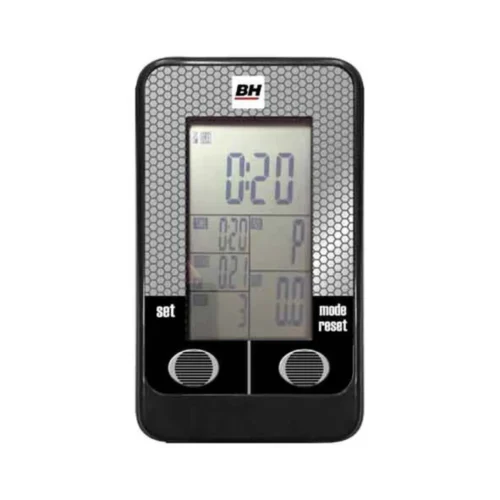
BRUSSELS, Belgium – Which battery cabinet provides sufficient protection when an e-bike battery catches fire? Many bicycle industry entrepreneurs are uncertain about the products available. The German VDMA 24994 standard is intended to help separate the good from the bad. According to Bart van de Broek of Dutch financial services provider Nationale-Nederlanden, it will soon be clear whether this standard will also apply across all of Europe.
The VDMA 24994 is the new testing standard from the Deutschen Institut für Normung (DIN). The organisation has defined the requirements that a storage unit for lithium-ion batteries must meet to ensure safety. According to experts, manufacturers who successfully pass the rigorous testing of this institute show that their products can reduce the risks of fire to nearly zero in the event of a spontaneous battery fire.
Requirements of storage unit
The VDMA 24994 imposes several additional requirements on storage units. For example, the internal temperature must not exceed 60°C, a limit that is sometimes surpassed when too many batteries are charged simultaneously. Furthermore, the cabinet must include a smoke detector connected to a monitoring station, and an external indicator light must clearly show the internal status. Green means the cabinet can be safely opened, while red indicates an emergency.

Reading tip!
How to improve lifetime, reliability and safety of e-bike batteries? Read this whitepaper“For cabinets that comply with this German standard, everything that happens inside the cabinet stays inside the cabinet. If a fire starts, the flames must not escape, and the harmful smoke gases must not enter the room where the cabinet is located. The exterior of the cabinet should not exceed 150°C. Why? If something is placed on top, it could catch fire due to the heat generated inside. If the cabinet performs as it should, it receives the certificate,” explains risk expert Bart van de Broek of Nationale-Nederlanden.
Support across Europe
The Comité Européen de Normalisation Electrotechnique (CENELEC) in Brussels is currently investigating whether there is sufficient support to adopt the VDMA 24994 as a standard across the European Union, according to a spokesperson for the Dutch Normalisation Institute (NEN). Germany has submitted a formal request for this. “Within two weeks, it will become clear whether the standard will apply throughout Europe, but its implementation will not be immediate,” the spokesperson noted.
The VDMA 24994 could become even more significant if, for example, insurers make it a mandatory condition in their policies. In the event of a fire, a bicycle shop owner would only be able to claim insurance if a certified cabinet had been present in the workshop.
False sense of security with many cabinets
Bart van de Broek of Nationale-Nederlanden has been closely involved in the development of this testing standard. The goal is to improve the quality of cabinets across the board and minimize damages. “Two years ago, I monitored the situation and found that damage involving lithium-ion batteries was reported multiple times a week. The problem has certainly not diminished since then. These fires cause damage ranging from small garden sheds to entire factories. Most companies believed they had everything properly arranged, but unfortunately, the cabinets did not perform as the entrepreneurs expected.”
With this rule, policies will become clearer and easier to manage”
“The prevention measures are fairly general such as charging must only occur under supervision, overnight charging is allowed only in an approved storage system, and only original chargers may be used,” continues van de Broek. “Nationale-Nederlanden is also deliberating how to integrate the VDMA standard into its policies to streamline and simplify prevention requirements. With this rule, policies will become clearer and easier to manage.”
Adequate supply needed first
However, Van de Broek emphasises that a mandatory requirement is not yet imminent. Currently, no manufacturers offer certified storage units. Nationale-Nederlanden, which insures approximately 35-40% of small and medium-sized enterprises (SMEs) in the Netherlands, hopes that more manufacturers will soon start producing cabinets based on the VDMA 24994. This would provide entrepreneurs with more options, including a wider range of price points.
Tests are currently underway, including at testing institutes in Germany. Manufacturers are striving to have their storage systems definitively approved under the latest testing standard in the near future.
Self-regulation
Van de Broek observes that the VDMA 24994 is already having an impact: manufacturers are eager to be among the first to obtain certification. “It’s an ongoing process. Earlier tests revealed several weaknesses in products from some manufacturers. While the VDMA sets the bar high, it’s necessary. Cabinets simply need to be strong enough. Now you see manufacturers actively working to ensure their products meet the standard. I’m confident that many will achieve certification, which could lead to market self-regulation, making a mandatory test standard unnecessary,” concludes van de Broek.

